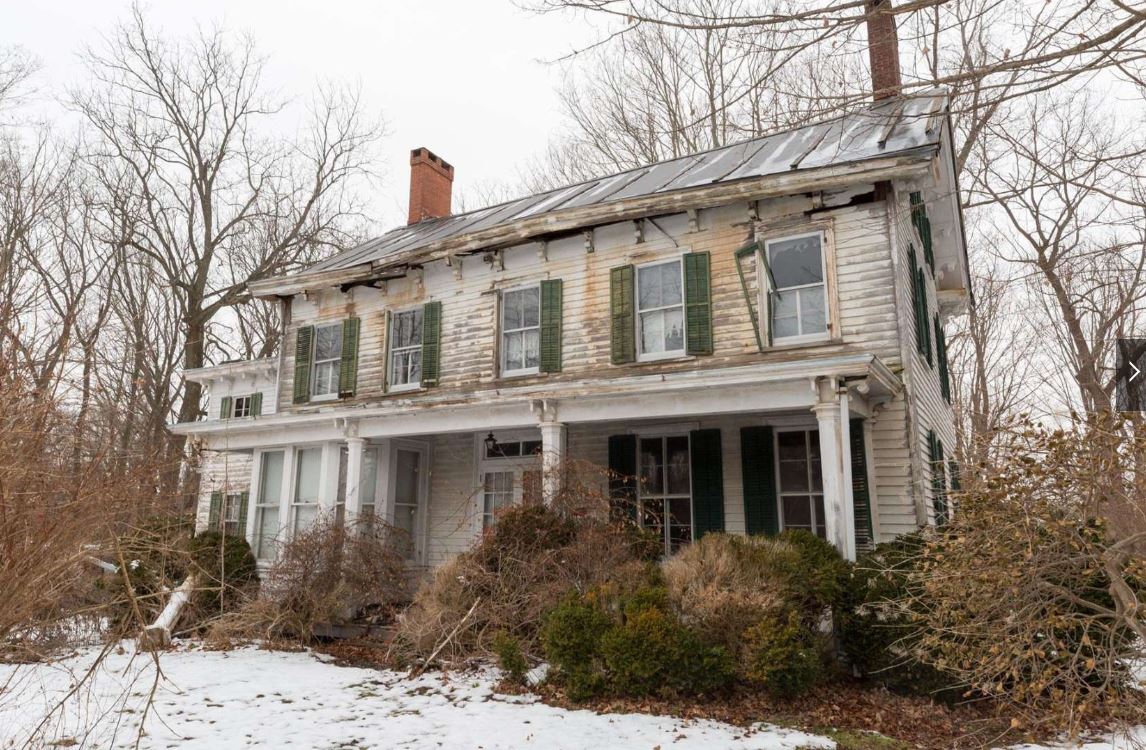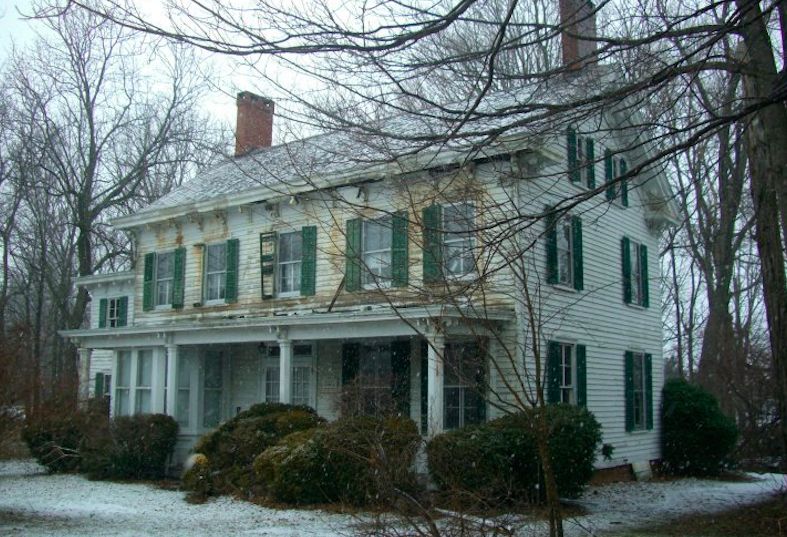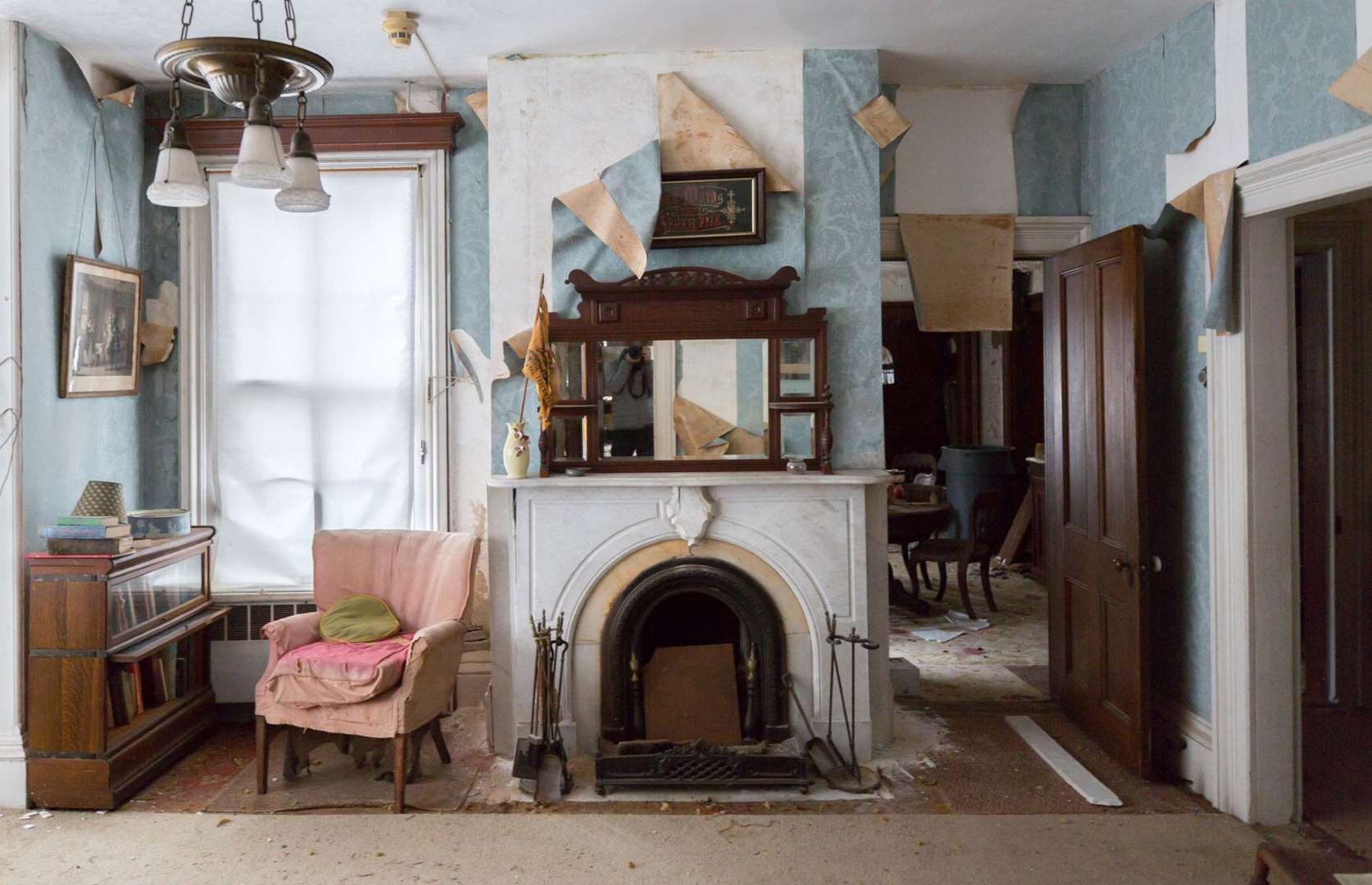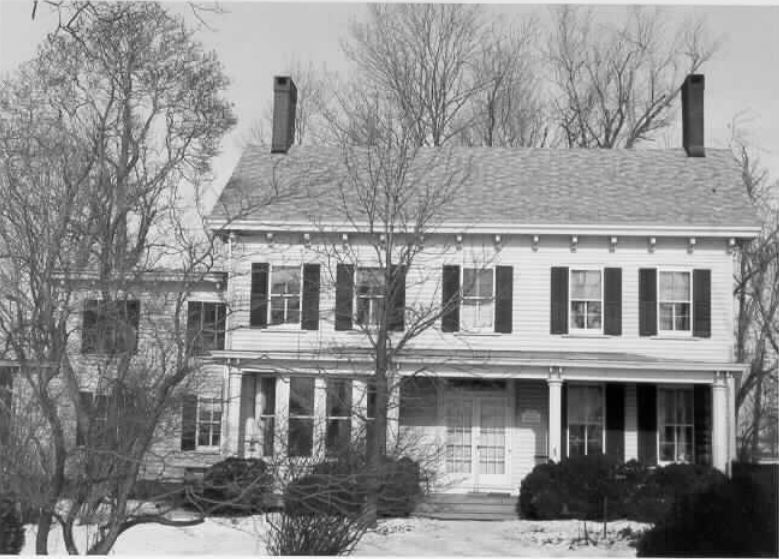On Monday, July 22, 2019, residents alerted Preservation Long Island about new intensive construction work at the property. We alerted local and state elected officials representing Commack residents and will share updates here when available.
On August 27, 2019, News12 reported on the Commack School District agreement with Long Island University to lease six acres of the National Register-listed property for use as a veterinary school. The extent of the potentially damaging impacts resulting from construction work at the site in the summer of 2019 remains unclear. Plans to avoid or mitigate negative impacts are also unclear. We will share updates here when available.
Unfortunately, Preservation Long Island does not have access to information concerning permits or approvals for the recent construction work at Marion Carll Farm. We recommend local community members contact their Commack Board of Education with questions about the planning process, permits, or approvals.
Rehabilitation of vacant and neglected historic places is a great way to return them to active use. But how we go about rehabilitating a historic property for adaptive reuse matters. Without thoughtful planning of the rehabilitation process, inappropriate and insensitive changes may damage the architectural and historical integrity of an NR-listed site. Before proceeding with alterations or other work at an NR-listed historic property, we strongly recommend reviewing the U.S. Secretary of the Interior’s Standards for the Treatment of Historic Properties and consulting the NYS Historic Preservation Office’s Technical Assistance department for guidance about best practices.
Regarding general policy within New York State, school districts are subject to the State Environmental Quality Review Act (SEQR). Depending on the particulars of the proposed action, some undertakings by school districts may also be subject to Section 106 of the National Historic Preservation Act. Most projects or activities proposed by a state agency or unit of local government (e.g., infrastructure expansion), and all discretionary approvals (e.g., subdivision approval) from a state agency or unit of local government, require an environmental impact assessment as prescribed by SEQR. For example, a Full Environmental Assessment Form (FEAF), or a Short Environmental Assessment Form (Short EAF) may be required for a proposed action impacting the character or quality of significant historic, archaeological, architectural or aesthetic resources.
ACTION ALERT:
If you reside within the Commack School District, contact your Board of Education and District Superintendent and ask them to honor Marion Carll’s generous gift to the community by creating a comprehensive and sensitive plan, in accordance with the US Secretary of the Interior’s Standards for the Treatment of Historic Properties, to adaptively reuse this extraordinary historic place.
Write to the Commack Board of Education:
Board of Education
Commack Union Free School District
P.O. Box 150
Commack, NY 11725
Call the Commack Board of Education: (631) 912-2055
Email the Commack Board of Education: [email protected]
Write to Commack’s Superintendent of Schools:
Dr. Donald James
Superintendent of Schools
Commack Union Free School District
P.O. Box 150
Commack, NY 11725
Call the Superintendent: (631) 912-2010
Email the Superintendent: [email protected]
In September 2018, the Commack Union Free School District was awarded a $7,260 Preserve New York grant from the Preservation League of New York State to hire Steward Preservation Services of Huntington to complete a Building Condition Report of the Marion Carll farmhouse and plan for its preservation. The report found that the structure of the Marion Carll farmhouse is generally sound but suffers from ongoing deterioration due to deferred maintenance and failure to address isolated areas of damage in need of repair.
After many years of neglect, this Building Condition Report marks a major step towards preserving the remarkable structures and intact historical setting of Marion Carll Farm as an important cultural resource of the Commack community. As of March 2019, Commack School District’s Marion Carll Farm Committee reportedly received three proposals for rehabilitating the site for adaptive reuse. Preservation Long Island recommends consulting the Secretary of the Interior’s Standards for the Treatment of Historic Properties in considering plans for the site’s rehabilitation.



The Marion Carll Farmstead in Commack is a time capsule of Long Island rural life spanning the late nineteenth into the early twentieth centuries. Located upon a nine-acre site surrounded by a residential golf community, it contains an 1860 farmhouse, several outbuildings and an impressive collection of Carll family artifacts. The property is a designated historic landmark of the Town of Huntington and listed on the State and National Registers of Historic Places.
Marion Carll (1885–1968) dedicated her life to education and public service. A lifelong resident of the farm, she was trained as an educator and served as a school teacher in New York City and Commack. During her long tenure as the Commack District’s Treasurer and Census Taker from 1929 until 1954, she helped organize the school district’s first PTA and was an active member of the Commack Methodist Church, local historical societies, as well as the Commack Fire Company Auxillary and the Commack Cemetery Board. Upon her death in 1968, Marion Carll gifted the farm property to the Commack School District under terms that it would be used for historical educational purposes. Such programming was offered by the Boards of Cooperative Educational Services (BOCES) until 1992, but since then the building has been vacant and deteriorating.
The buildings and historical contents are under imminent threat due to environmental exposure and general long-term neglect. A preliminary sales agreement between the school district and private developers was halted in 2011 after local residents adamantly opposed a proposal to restore the farm buildings in exchange for a zoning variance to build high-density townhouses adjacent to the site. In response, the Friends of the Marion Carll Community Farm was formed in association with the Commack Community Association to lead the preservation of the site. To date, however, the school district has been reluctant to partner with this group or any other to create an effective stewardship plan.
Ownership by public or not-for-profit entities that lack resources or capacity to adequately care for historic properties is a common problem on Long Island. Preservation of the Marion Carll Farm site depends upon the formation of a supportive relationship between viable community partners and the school district. Successful preservation will also require funding for immediate stabilization of historic structures, the completion of a feasibility study for reuse, and the implementation of such recommendations.

STATUS: THREATENED
• March 2019: News 12 Long Island reports that Commack School District’s Marion Carll Farm Committee has received three proposals for rehabilitating the property for adaptive reuse.
• September 2018: Commack Union Free School District awarded a $7,260 Preserve New York grant from the Preservation League of New York State to hire Steward Preservation Services of Huntington to complete a new Building Condition Report of the Marion Carll farmhouse and plan for its preservation.
• July-September 2017: The Marion Carll Property Committee is established to assist the Commack Board of Education in implementing solutions and sustainability plans for the property.
• January 2017: New York State Supreme Court judge ruled in favor of Commack Public School District’s continued ownership of the Marion Carll Farm. According to Newsday, the judge’s decision noted that New York State’s property law required Carll’s heirs to take appropriate legal action within 30 years of when the District took possession of the property.




